Silvoarable’ farming is a form of agroforestry (‘silvo’ from the Latin ‘silva’ meaning wood), which refers to the integration of trees with arable crops.
With its aim of productivity on multiple levels, it represents a very definite move away from the prevailing farming trends towards uniformity and specialisation.
To see a silvoarable system in practice – a rare thing in Ireland – I recently visited Jack Browne, a young, third-generation farmer who farms 91 acres of fertile arable land near Tullow, Co Carlow.
Jack’s father – who farmed sheep, sucklers and some tillage – passed away at a young age, which led to Jack taking over the farm in 2015.
Working full-time off-farm as a water and wastewater engineer in Kilkenny, he initially rented the land out for tillage.
However, since Covid-19, Jack has been able to avail of hybrid working arrangements, enabling him to farm part-time and begin painting his own canvas on a holding which, in itself, he feels wouldn’t otherwise offer a pathway to a sustainable livelihood.
European Innovation Partnership
Jack always had a strong interest in moving away from monocropping towards something more diverse, natural and integrated. Very well-read – citing Martin Crawford and Stephen Briggs as influences – he began diversifying in 2020 by planting seven acres of native woodland, strategically selecting a low-lying section of the farm, prone to waterlogging and silt accumulation. It has thrived, with birch already over 3m to 4m tall, yielding a steady income and helping to retain farm soils, which previously washed out of the farm and into the nearby river Slaney.
Jack also experimented with forest gardening before converting to organics in 2021. But it was when he encountered the ‘Trees on the Land’ European Innovation Partnership (EIP) that he was really able to turn what was wishful thinking into reality.
In 2022, the EIP supported the purchase of 3,000 trees, and their planting in eight 3m-wide linear strips (the longest 700m) dissecting the farm’s main 27ha field. The strips ensure tillage operations in the intervening 24m-wide ‘crop alleys’ remain straightforward. “I’m an engineer and I like straight lines,” says Jack.
Integrated cropping
The tree lines contain an amazing array of species – fruits like apple, pear, tayberry, plum, peach, gooseberry, cherry, quince, medlar, mulberry and crab apple; nut trees like hazel, walnut and sweet chestnut; trees for timber and biomass like elder, alder, sycamore, oak, Scots pine, birch, holly, hawthorn, and willow.
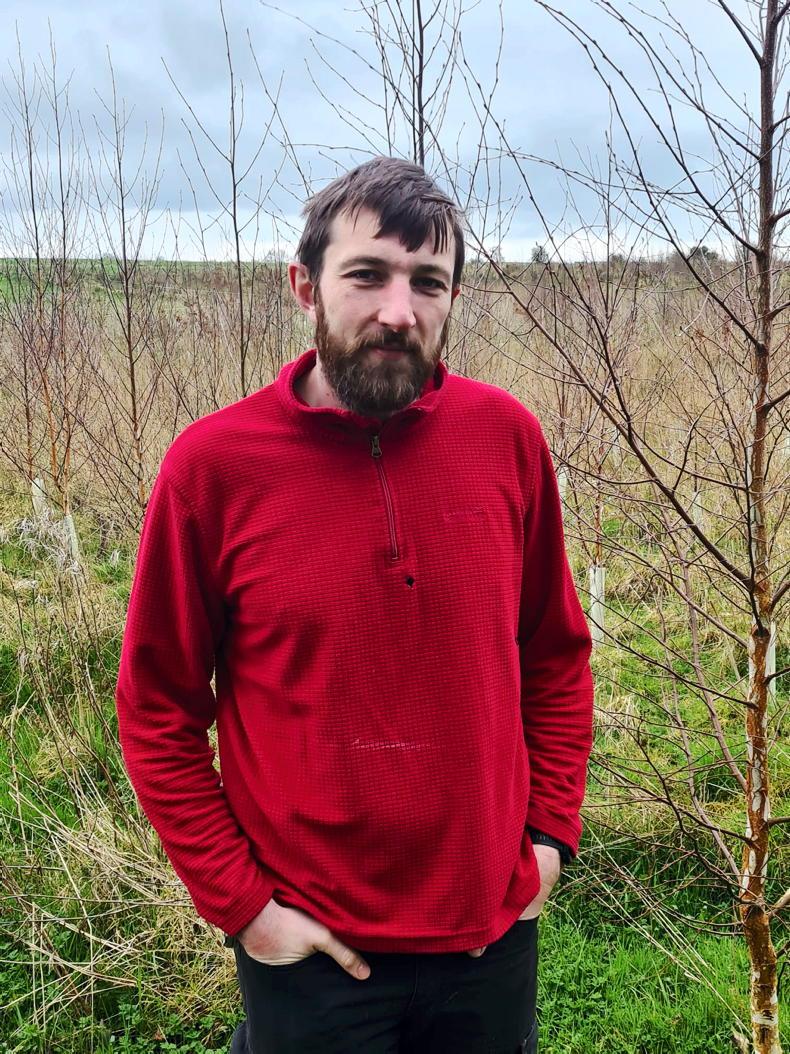
Jack Browne standing in his seven-acre plot of native woodland, planted in 2020.
Jack tends to these linear larders manually, pruning and clearing around the trees while they become established – nice work at a time when wet ground makes machine work impossible.
He reckons these trees will yield a future cash crop – directly, or indirectly through tourism and study groups – while also providing natural corridors for wildlife, improving soil health through roots and leaf litter, and offering shelter to interplanted crops on what was previously an exposed field.
This long-term, vertical, ‘silvo’ crop is complemented by the short-term cash crops in the alleys in between. These are farmed in organic rotation, with 30ac currently under a fertility-building, multi-species sward (a 20-species blend which Jack mixes himself).
The remainder is currently lightly harrowed in advance of a weather-delayed crop of organic spring oats, sold on contract to Tirlán, and peas.
I’m increasing the farm’s natural capital while not curtailing future options
While yields are low as Jack’s min-till organic system beds in, so too are inputs. “It’s not about yield, it’s about profit” is his mantra.
Jack also earns some income from selling silage and hay – finding that cutting swards in July significantly helped clover growth.
He also does ‘bed & breakfast’ for a neighbour’s sheep flock – mob grazing the swards in winter to help rejuvenate them. He uses using electric netting to protect the trees from the sheep.
Learning by doing
Jack readily admits that his silvoarable pilot is still in the very early stage and experimental.
A significant suite of soil, carbon and biodiversity sampling was done last year. This will provide a baseline for future monitoring and is part of an ongoing commitment by ‘Trees on the Land’.
While silvoarable may not be for everyone, Jack has no regrets: “I’m increasing the farm’s natural capital while not curtailing future options … I’ve a couple of hundred crop varieties here now instead of the one that was here four years ago.”
Jack regularly shares his fascinating story through demonstration events for IOFGA and others, adding richly to our ongoing understanding of these novel systems.
Taking such a bold step into silvoarable is admirable in a profession as public as farming where one constantly risks being judged ‘over the wall’.
Jack’s vision for his farm, and his courage and conviction in realising it, offers a terrific learning experience for a farming future where innovation, diversification and adaptation will be crucial.
When planting larger, more expensive trees, Jack recommends using a mini-digger to break the plough pan. Every third tree planted is nitrogen-fixing (eg alder) to improve fertility and reduce the risk of disease spreading. When planting, he adds a handful of soil from his best hedgerows to introduce helpful arbuscular mycorrhizal fungi and other microorganisms. Trees on the Land works with landowners to support diverse tree cover planting, and welcomes queries at info@treesontheland.com. The EIP was titled ‘A Practical Silvoarable Demonstration & Research Project for Ireland – showcasing the benefits for biodiversity, carbon sequestration, soils, nutrient cycling, water quality, farm productivity and income, and the farming community’. Visit www.treesontheland.com/eip. The Irish Agroforestry Forum is holding a farm walk at Jack’s for members on 20 July next: www.irishagroforestry.ie/
Name: Jack Browne.Farm type: silvoarable. Farm size: 37ha.Focus: diversifying; growing more food crops while using feed crops in the rotation.Schemes: Organic Farming Scheme, ACRES, Native Woodland Scheme.
Silvoarable’ farming is a form of agroforestry (‘silvo’ from the Latin ‘silva’ meaning wood), which refers to the integration of trees with arable crops.
With its aim of productivity on multiple levels, it represents a very definite move away from the prevailing farming trends towards uniformity and specialisation.
To see a silvoarable system in practice – a rare thing in Ireland – I recently visited Jack Browne, a young, third-generation farmer who farms 91 acres of fertile arable land near Tullow, Co Carlow.
Jack’s father – who farmed sheep, sucklers and some tillage – passed away at a young age, which led to Jack taking over the farm in 2015.
Working full-time off-farm as a water and wastewater engineer in Kilkenny, he initially rented the land out for tillage.
However, since Covid-19, Jack has been able to avail of hybrid working arrangements, enabling him to farm part-time and begin painting his own canvas on a holding which, in itself, he feels wouldn’t otherwise offer a pathway to a sustainable livelihood.
European Innovation Partnership
Jack always had a strong interest in moving away from monocropping towards something more diverse, natural and integrated. Very well-read – citing Martin Crawford and Stephen Briggs as influences – he began diversifying in 2020 by planting seven acres of native woodland, strategically selecting a low-lying section of the farm, prone to waterlogging and silt accumulation. It has thrived, with birch already over 3m to 4m tall, yielding a steady income and helping to retain farm soils, which previously washed out of the farm and into the nearby river Slaney.
Jack also experimented with forest gardening before converting to organics in 2021. But it was when he encountered the ‘Trees on the Land’ European Innovation Partnership (EIP) that he was really able to turn what was wishful thinking into reality.
In 2022, the EIP supported the purchase of 3,000 trees, and their planting in eight 3m-wide linear strips (the longest 700m) dissecting the farm’s main 27ha field. The strips ensure tillage operations in the intervening 24m-wide ‘crop alleys’ remain straightforward. “I’m an engineer and I like straight lines,” says Jack.
Integrated cropping
The tree lines contain an amazing array of species – fruits like apple, pear, tayberry, plum, peach, gooseberry, cherry, quince, medlar, mulberry and crab apple; nut trees like hazel, walnut and sweet chestnut; trees for timber and biomass like elder, alder, sycamore, oak, Scots pine, birch, holly, hawthorn, and willow.

Jack Browne standing in his seven-acre plot of native woodland, planted in 2020.
Jack tends to these linear larders manually, pruning and clearing around the trees while they become established – nice work at a time when wet ground makes machine work impossible.
He reckons these trees will yield a future cash crop – directly, or indirectly through tourism and study groups – while also providing natural corridors for wildlife, improving soil health through roots and leaf litter, and offering shelter to interplanted crops on what was previously an exposed field.
This long-term, vertical, ‘silvo’ crop is complemented by the short-term cash crops in the alleys in between. These are farmed in organic rotation, with 30ac currently under a fertility-building, multi-species sward (a 20-species blend which Jack mixes himself).
The remainder is currently lightly harrowed in advance of a weather-delayed crop of organic spring oats, sold on contract to Tirlán, and peas.
I’m increasing the farm’s natural capital while not curtailing future options
While yields are low as Jack’s min-till organic system beds in, so too are inputs. “It’s not about yield, it’s about profit” is his mantra.
Jack also earns some income from selling silage and hay – finding that cutting swards in July significantly helped clover growth.
He also does ‘bed & breakfast’ for a neighbour’s sheep flock – mob grazing the swards in winter to help rejuvenate them. He uses using electric netting to protect the trees from the sheep.
Learning by doing
Jack readily admits that his silvoarable pilot is still in the very early stage and experimental.
A significant suite of soil, carbon and biodiversity sampling was done last year. This will provide a baseline for future monitoring and is part of an ongoing commitment by ‘Trees on the Land’.
While silvoarable may not be for everyone, Jack has no regrets: “I’m increasing the farm’s natural capital while not curtailing future options … I’ve a couple of hundred crop varieties here now instead of the one that was here four years ago.”
Jack regularly shares his fascinating story through demonstration events for IOFGA and others, adding richly to our ongoing understanding of these novel systems.
Taking such a bold step into silvoarable is admirable in a profession as public as farming where one constantly risks being judged ‘over the wall’.
Jack’s vision for his farm, and his courage and conviction in realising it, offers a terrific learning experience for a farming future where innovation, diversification and adaptation will be crucial.
When planting larger, more expensive trees, Jack recommends using a mini-digger to break the plough pan. Every third tree planted is nitrogen-fixing (eg alder) to improve fertility and reduce the risk of disease spreading. When planting, he adds a handful of soil from his best hedgerows to introduce helpful arbuscular mycorrhizal fungi and other microorganisms. Trees on the Land works with landowners to support diverse tree cover planting, and welcomes queries at info@treesontheland.com. The EIP was titled ‘A Practical Silvoarable Demonstration & Research Project for Ireland – showcasing the benefits for biodiversity, carbon sequestration, soils, nutrient cycling, water quality, farm productivity and income, and the farming community’. Visit www.treesontheland.com/eip. The Irish Agroforestry Forum is holding a farm walk at Jack’s for members on 20 July next: www.irishagroforestry.ie/
Name: Jack Browne.Farm type: silvoarable. Farm size: 37ha.Focus: diversifying; growing more food crops while using feed crops in the rotation.Schemes: Organic Farming Scheme, ACRES, Native Woodland Scheme. 





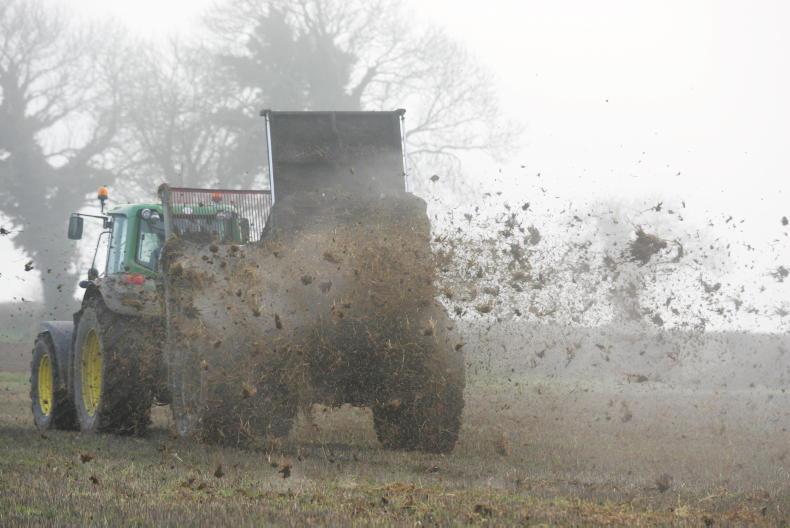

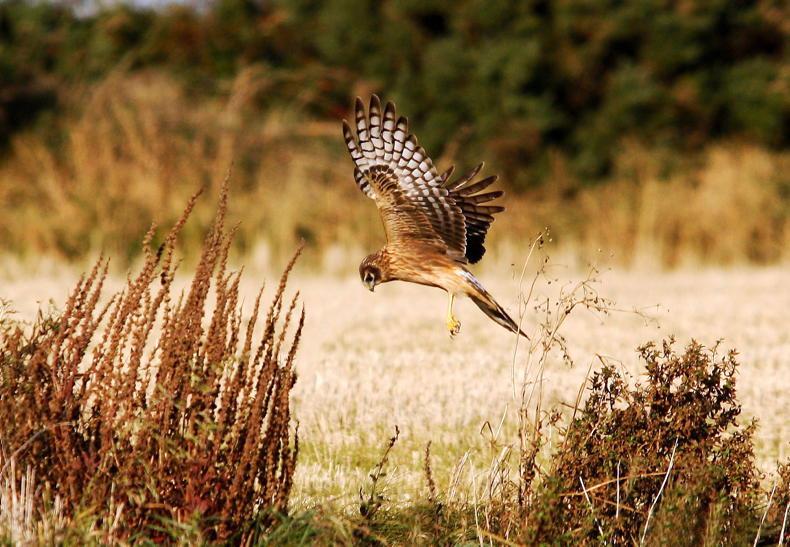
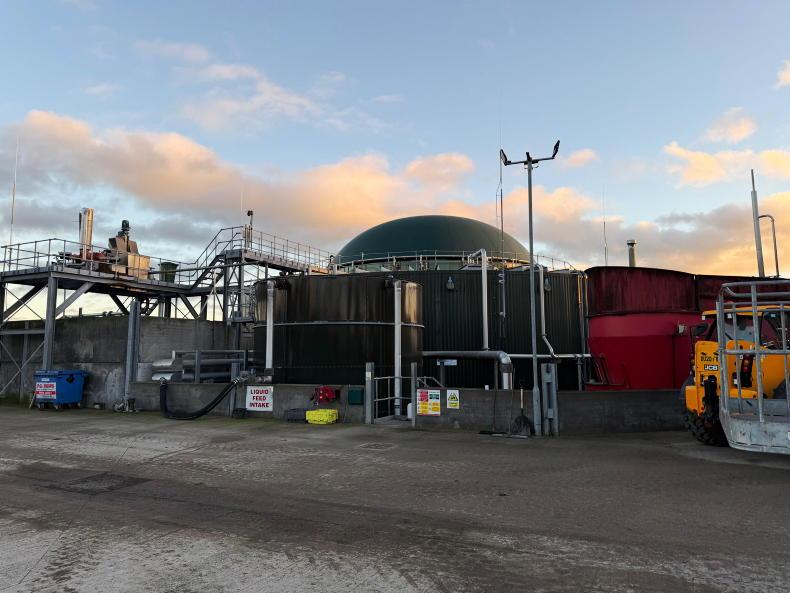
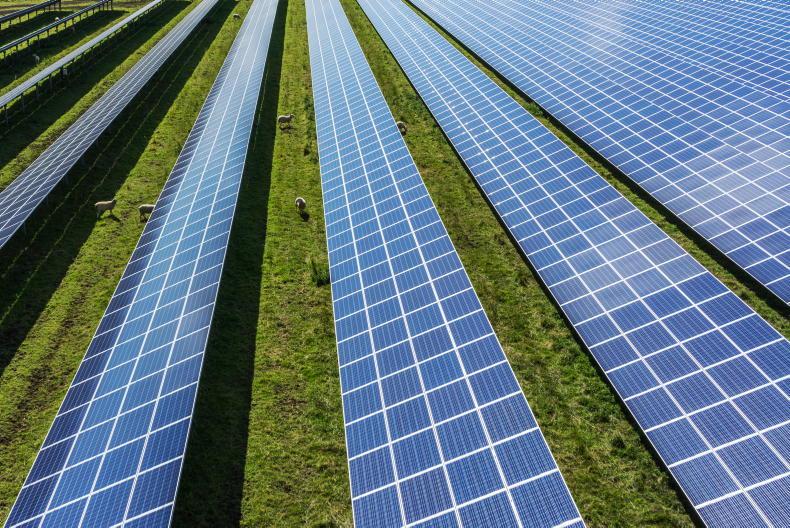
SHARING OPTIONS